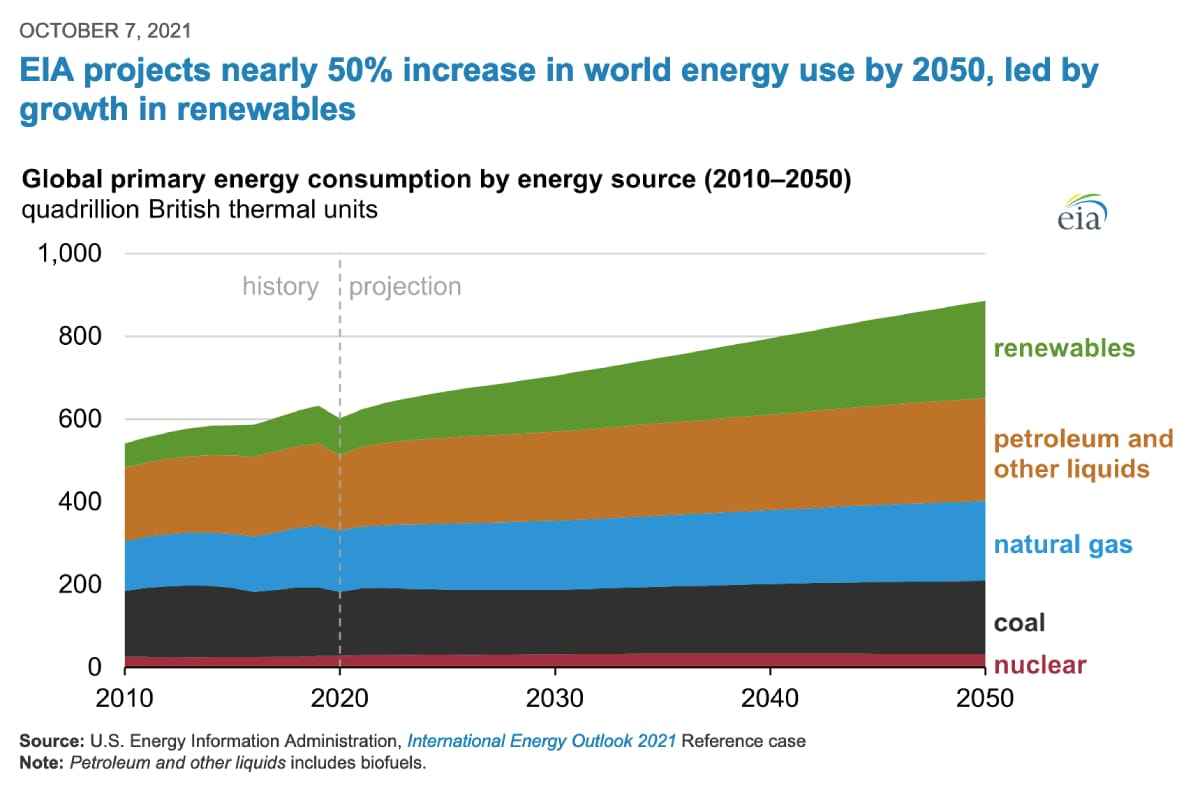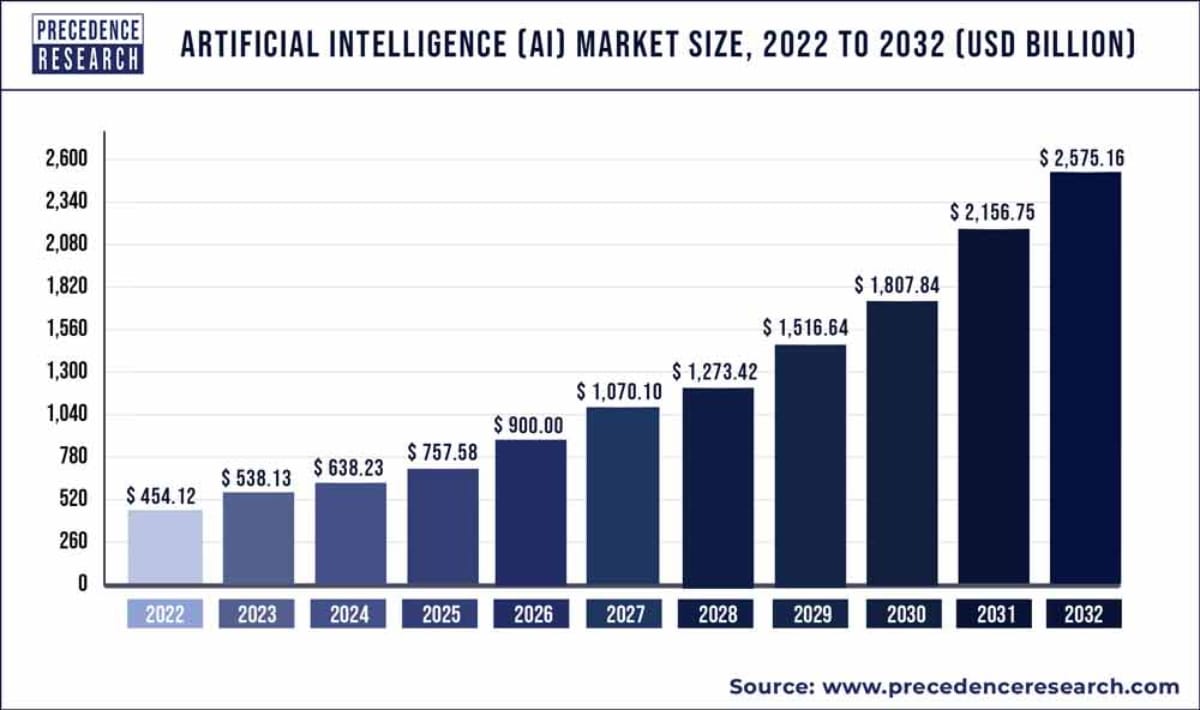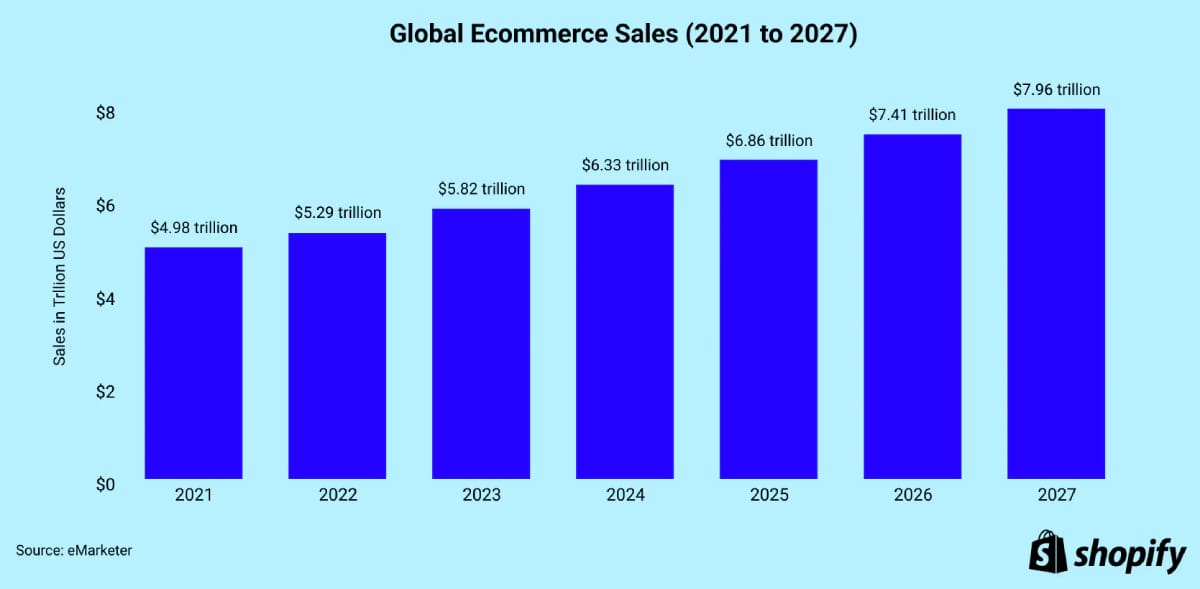Top 3 Biggest Business Opportunities (2024)

Companies worldwide hunt for chances to earn strong profits while also promoting sustainable practices. The emergence of renewable energy sources, the growth of artificial intelligence, and the spread of digital commerce are more than just fads - they are fundamental shifts redefining the competitive business environment.
These 3 domains represent the top opportunities now: Renewable Energy and Clean Tech, Artificial Intelligence (AI) and Machine Learning (ML), and E-commerce and Digital Transformation. Each area offers distinctive potential for growth and innovation. Grasping these opportunities can enable businesses to make strategic decisions that meet future market needs.
1) Renewable Energy and Clean Tech

Market Overview
The renewable energy sector is witnessing exponential growth, driven by global environmental concerns, governmental policies aimed at reducing carbon footprints, and technological advancements in energy efficiency and storage. As the world gravitates towards sustainable development goals, renewable energy sources like solar, wind, and hydro are becoming increasingly vital. The U.S. Energy Information Administration (EIA) projects that renewable energy capacity will increase by 50% between 2010 and 2050, predominantly fueled by solar PV installations, which account for almost 60% of the expected growth.

Opportunities for Business
The surge in renewable energy adoption opens a myriad of opportunities for businesses. Innovations in photovoltaic technology, wind turbine designs, and bioenergy applications are rapidly transforming the energy landscape. Businesses can invest in research and development to pioneer new technologies or improve existing ones, such as enhancing the efficiency of solar panels or developing more durable wind turbine blades. Furthermore, the integration of renewable energy with smart grid technology presents opportunities in energy management systems, which are crucial for optimizing energy use and reducing wastage.
Energy storage is another critical area ripe for development. As renewables do not produce a constant energy supply, developing efficient storage solutions, like lithium-ion batteries or alternative methods such as pumped hydro storage, can help stabilize energy supplies. Companies that can innovate in these technologies will not only gain a competitive edge but also contribute to a more resilient energy grid.
Challenges and Considerations
Despite the optimism surrounding renewable energy, several challenges persist. The initial capital outlay for renewable energy infrastructure can be daunting. The technology is also subject to the vagaries of weather, which can lead to inconsistent supply and demand issues.
Additionally, while government incentives can facilitate growth, regulatory uncertainty in response to political changes can impact long-term investment decisions. Companies must navigate these challenges with strategic planning and a clear understanding of market dynamics to capitalize on the renewable energy boom.
2) Artificial Intelligence and Machine Learning

Market Overview
Artificial Intelligence and Machine Learning are at the forefront of the fourth industrial revolution, influencing sectors from healthcare to finance, and beyond. AI's ability to analyze large datasets rapidly and with precision means that it can enhance decision-making and streamline operations across various business processes. As per market research by Precedence Research, AI-related technologies are expected to generate revenues exceeding $2.5 trillion by 2032, a testament to their integral role in modern business strategies.

Opportunities for Business
AI and ML present diverse opportunities, from automating routine tasks to creating new products and services. In manufacturing, AI-driven robots can perform complex tasks with greater precision and efficiency than human workers. AI can personalize customer interactions, predict consumer behavior, and optimize logistics. Furthermore, ML algorithms can uncover patterns and insights from data that are not immediately obvious to human analysts, providing businesses with a competitive advantage in decision-making.
Another significant application is in the field of autonomous vehicles and smart cities, where AI can manage everything from traffic systems to public safety. Businesses that can leverage AI to innovate and improve their efficiencies are likely to lead their industries.
Challenges and Considerations
However, the adoption of AI and ML is not without its hurdles. Ethical concerns, such as the potential for bias in decision-making algorithms and the impact of automation on employment, are significant issues. Privacy is another concern, especially with stringent regulations like GDPR affecting how data can be collected and used.
Companies must also invest in skilled personnel capable of developing and managing AI technologies, which can be a costly and time-consuming process. The integration of AI into existing business structures poses additional challenges that require careful planning and resource allocation.
3) E-commerce and Digital Transformation

Market Overview
The COVID-19 pandemic has turbocharged the digital revolution in retail, driving consumer shopping habits online at an unprecedented pace never seen before. Shopify forecasted e-commerce sales to reach $7.96 trillion globally in 2027, up from $4.98 trillion in 2021. This boom is driven by technological advancements that make online shopping more accessible, convenient, and personalized.

Opportunities for Business
Digital transformation offers businesses the chance to tap into global markets with reduced overhead and operational costs compared to traditional brick-and-mortar setups. The rise of mobile commerce and the integration of e-commerce platforms with social media facilitate direct and immediate access to a vast customer base. Technologies such as AI, augmented reality (AR), and virtual reality (VR) are enhancing the online shopping experience by providing personalized customer interactions and immersive environments that mimic physical stores.
Furthermore, digital transformation is not confined to retail. Services such as online banking, telemedicine, and remote learning are expanding rapidly, creating opportunities for businesses to innovate and transform various aspects of their operations.
Challenges and Considerations
Yet, the shift to digital comes with challenges. Cybersecurity is a major concern, as businesses must protect sensitive consumer data against increasingly sophisticated cyber threats. Maintaining customer loyalty in a crowded online marketplace can be difficult, requiring businesses to engage continuously with consumers through innovative marketing strategies and exceptional customer service.
Additionally, the pace of digital transformation necessitates constant adaptation and investment in technology, which can strain resources.
Final Thoughts
The rise of renewable energy and clean tech, artificial intelligence and machine learning, and e-commerce and digital change is not just shaping today's economy, it is also directing where businesses will go in the future. For companies that invest in these areas, there is huge potential for growth. However, success requires more than just money, it demands a deep understanding of market trends, what customers need, and an ability to nimbly adjust business strategy.
As these sectors keep evolving, they will likely create brand new business models. They will transform how companies interact with consumers, and they will reshape the competitive landscape across industries. Embracing these new opportunities could be key to having sustainable business practices and long-term economic success.
Key Takeaways
| Business Opportunity | Opportunities | Challenges |
|---|---|---|
| 1. Renewable Energy | Growth in solar, wind, and storage tech. | High costs and regulatory changes. |
| 2. AI and ML | Improves efficiency and decision-making. | Requires skilled personnel and raises ethical issues. |
| 3. E-commerce | Expands global access and improves online experiences. | Needs robust cybersecurity and continuous innovation. |





